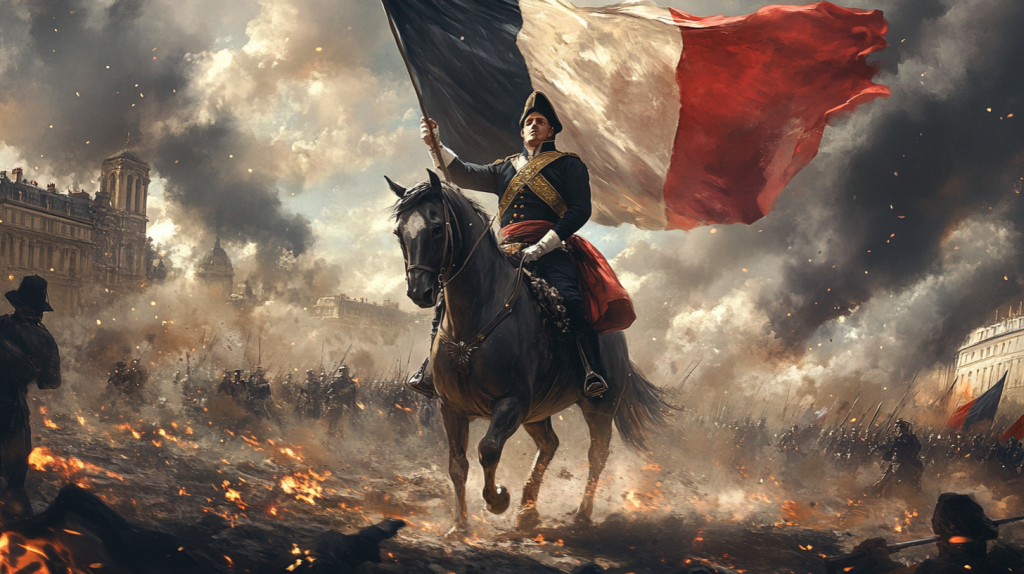The French Revolution has always fascinated me, not just for the big moments like the storming of the Bastille or Napoleon’s rise, but for the many hidden details that tend to get lost in history. There’s so much more to this period than the dramatic tales we all know.
Behind the scenes, the Revolution was filled with strange punishments, forgotten heroes, and odd twists that rarely make it into textbooks. These little-known facts add a whole new layer to understanding what really happened during this chaotic time. Here are 21 surprising things about the French Revolution that might just change the way you see it too.
Marie Antoinette Never Said “Let Them Eat Cake”
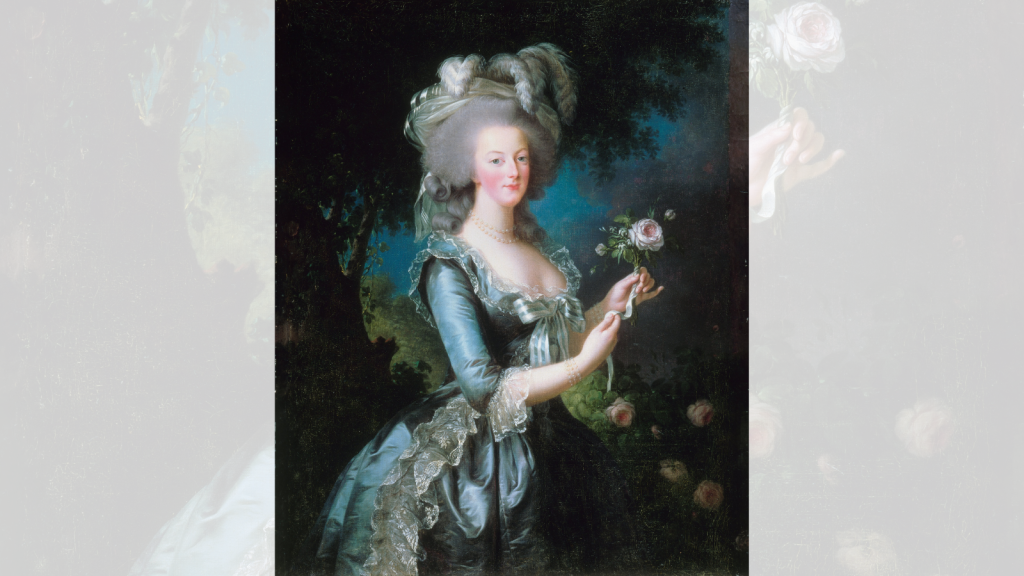
The famous quote attributed to Marie Antoinette—”Let them eat cake”—was actually a myth. There’s no historical evidence she ever said it. In fact, the phrase was written decades before she even became queen, most likely as a way to criticize the monarchy.
The Guillotine Was Invented for Humanitarian Reasons
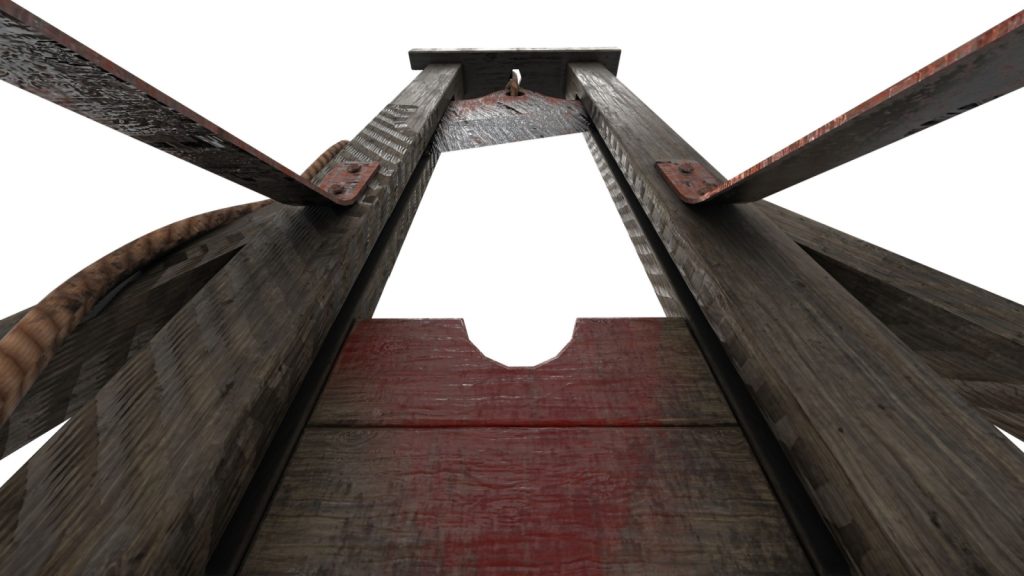
Despite its gruesome reputation, the guillotine was originally designed as a more humane form of execution. Prior to its invention, punishments were slow and often painful. The guillotine was seen as a quicker, more efficient way to administer the death penalty.
The French Revolution Inspired Modern Fashion
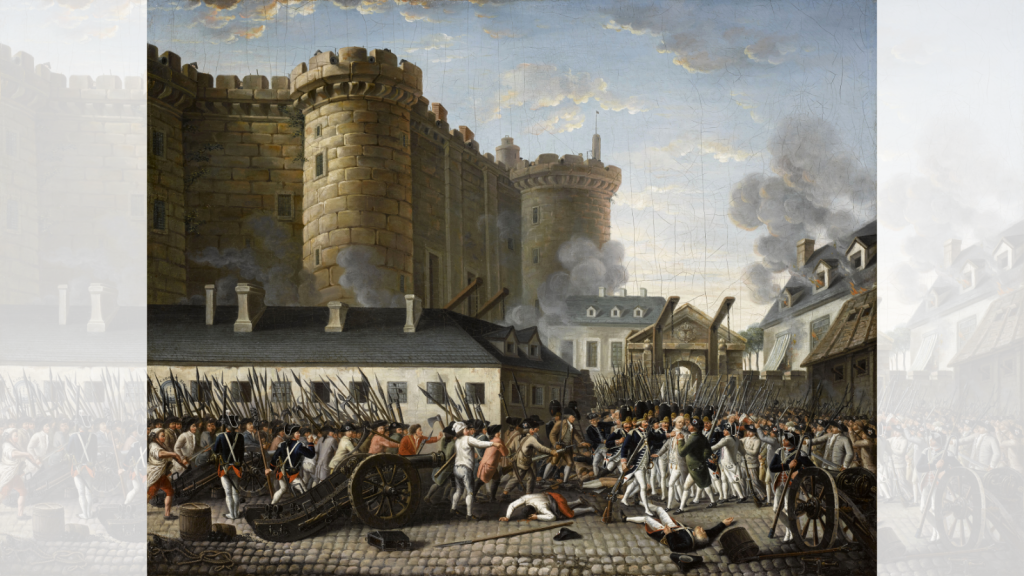
During the Revolution, people began to dress differently as a form of protest. Clothing became simpler, and people adopted the “sans-culottes” look—wearing long trousers instead of knee breeches. Revolutionary fashion trends rejected the elaborate styles associated with the monarchy.
Robespierre Opposed the Death Penalty—At First
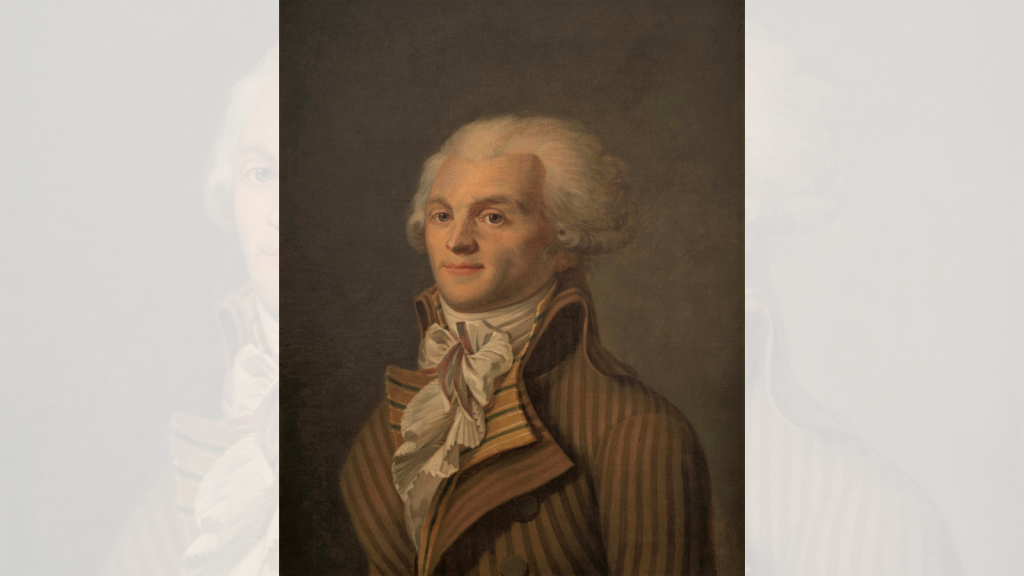
Maximilien Robespierre, a key figure in the Reign of Terror, actually began his political career opposing the death penalty. However, he later became one of the leading advocates for its widespread use during the Revolution, believing it was necessary to protect the new Republic.
Some Revolutionaries Wanted to Replace Religion
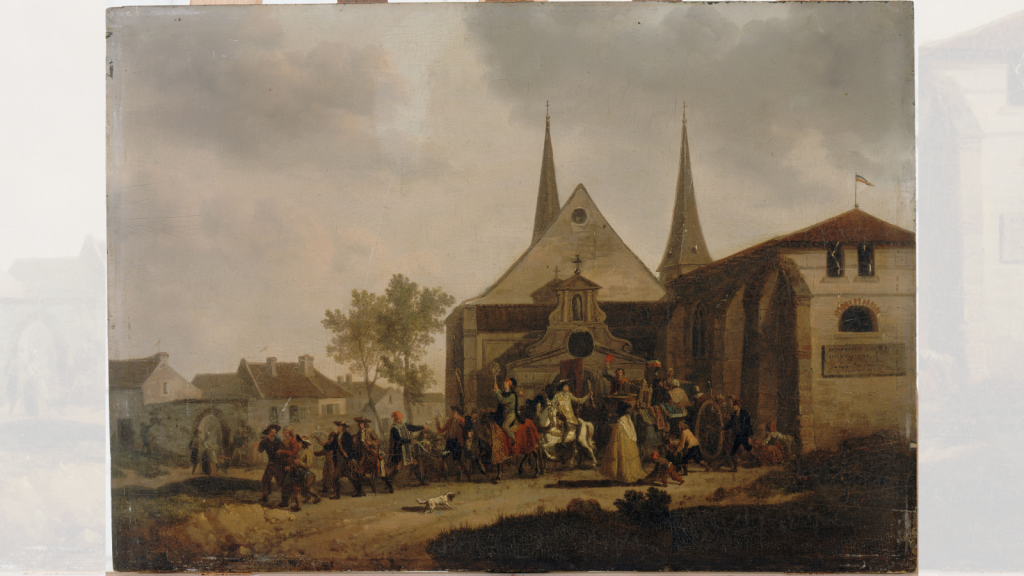
The Revolution wasn’t just about politics—it also targeted religion. A group of radicals tried to replace Catholicism with a new “Cult of Reason,” which emphasized human reason over traditional faith. Churches were turned into “Temples of Reason,” though the movement didn’t last long.
The Calendar Was Completely Changed
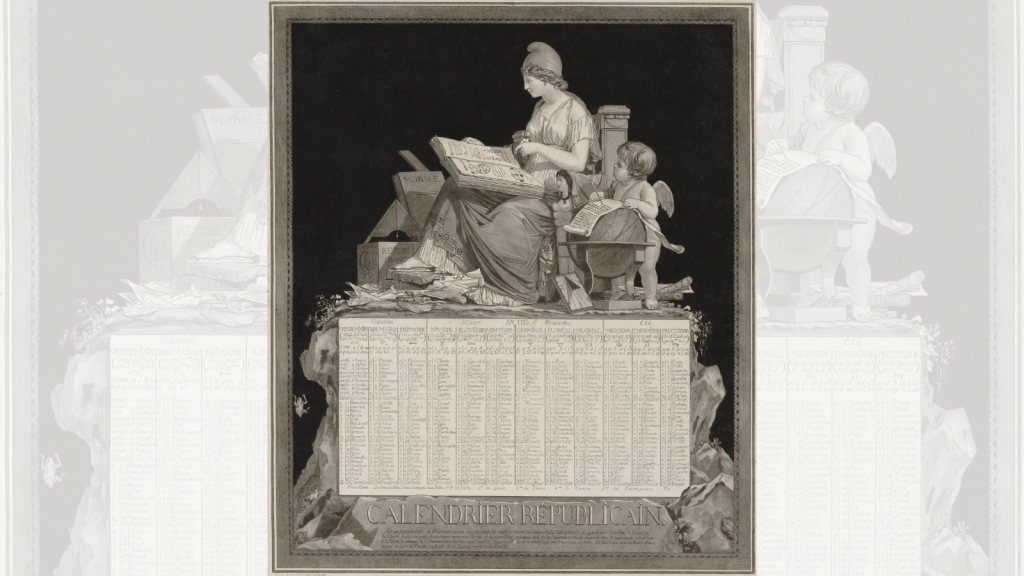
The French Revolutionaries didn’t stop at changing politics—they also reinvented time. In 1793, they created a new calendar that eliminated Sundays and religious holidays. The week had ten days, and months were renamed to reflect seasonal changes, like “Thermidor” for summer heat.
The Revolution Spurred the Metric System
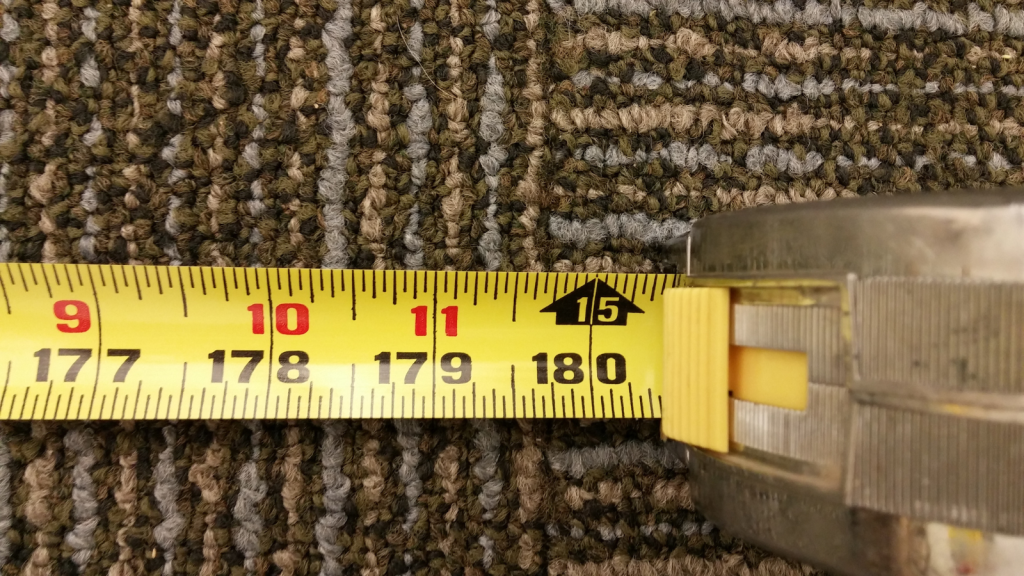
Tired of the confusing and inconsistent measurement systems used across Europe, French Revolutionaries developed the metric system. It was designed to be simple and based on natural constants, and it’s now used worldwide.
Napoleon Was Almost a Victim of the Revolution
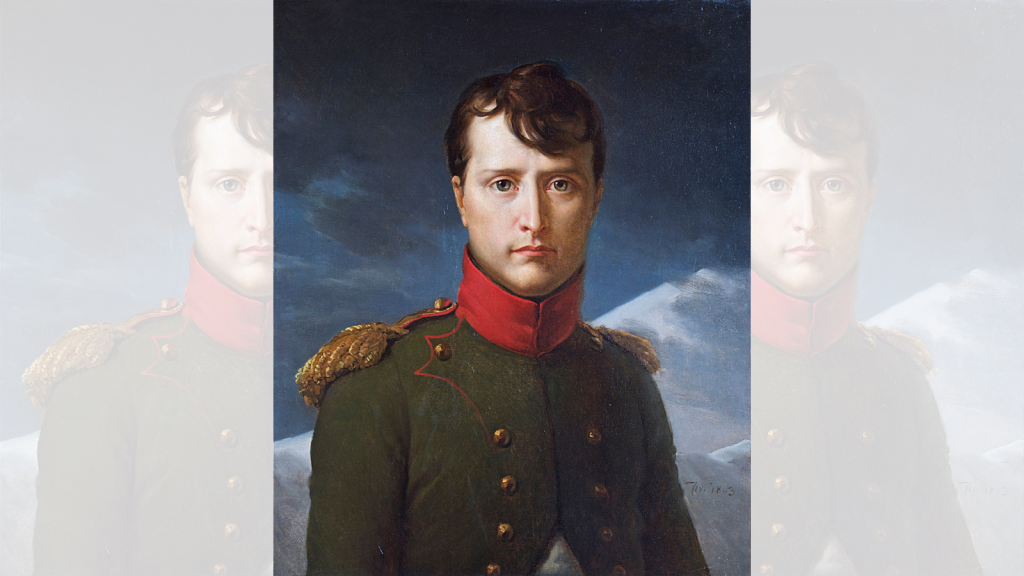
Before becoming Emperor, Napoleon Bonaparte was briefly imprisoned during the Revolution. His connections to the Jacobins, the radical faction led by Robespierre, made him a target during their downfall. He was eventually released and went on to lead France.
The Eiffel Tower Wasn’t There—But Guillotine Fun Fairs Were
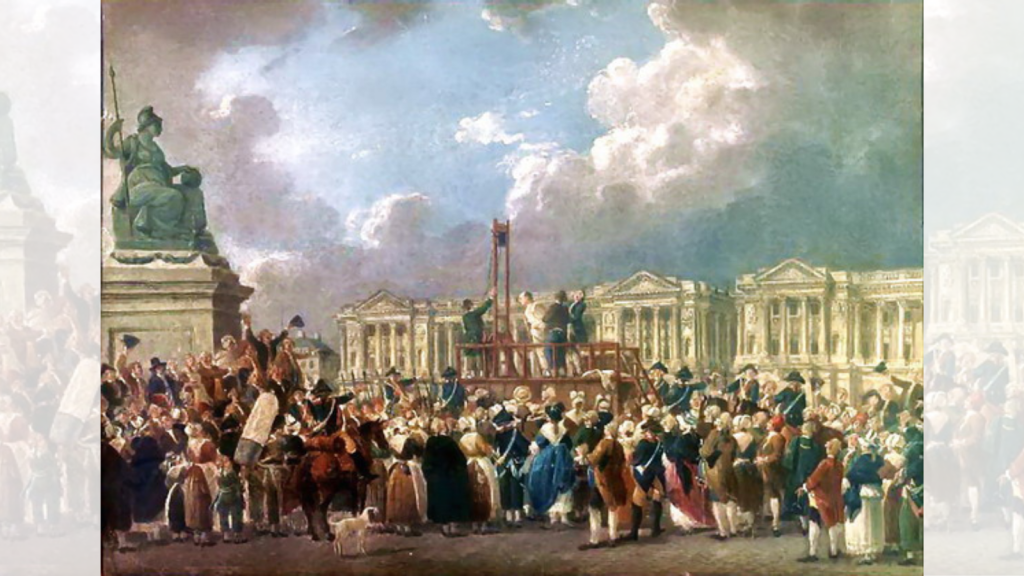
The Eiffel Tower didn’t exist during the Revolution, but the guillotine became a public spectacle. Parisians would gather to watch executions, and vendors sold refreshments and souvenirs, turning death into entertainment.
Women Played a Crucial Role in the Revolution
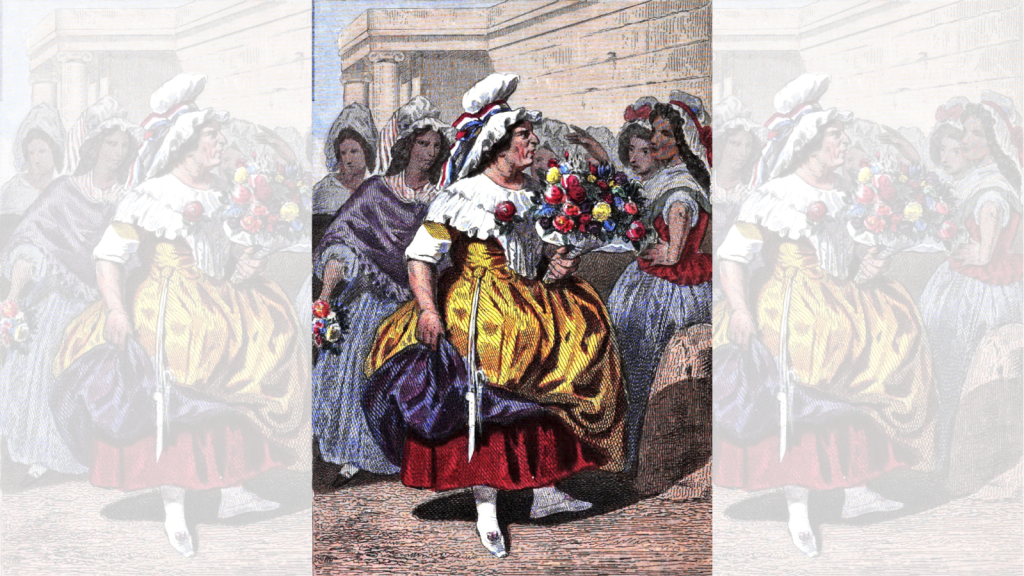
While women couldn’t vote, they were heavily involved in the French Revolution. Women’s political clubs formed, and they led protests, such as the famous Women’s March on Versailles, where they demanded bread and political reform.
A Black General Led Revolutionary Armies
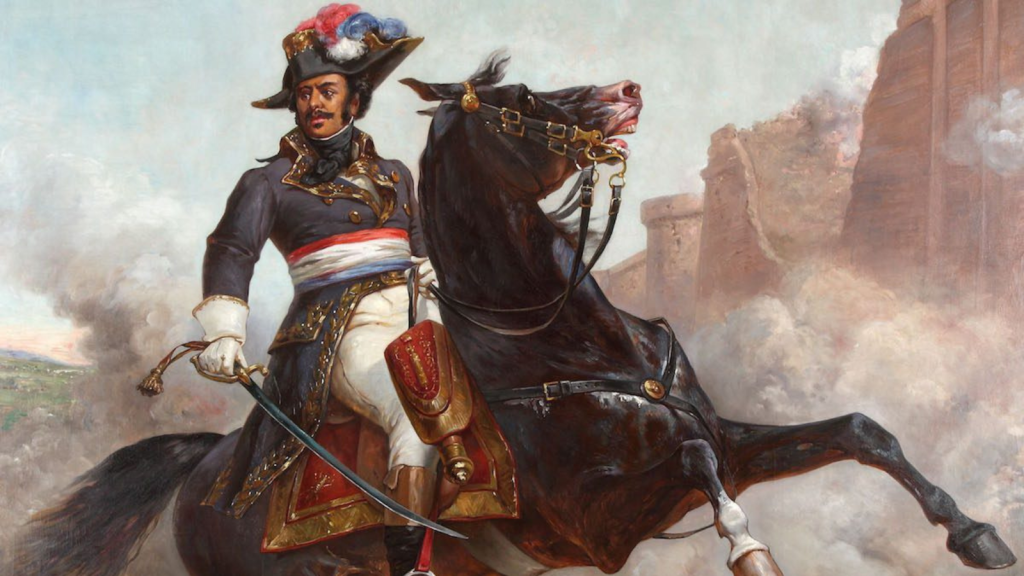
One of the highest-ranking generals during the French Revolution was Thomas-Alexandre Dumas, a Black man born to an enslaved mother. He led thousands of soldiers and became known as the “Black Devil” for his military prowess, though his achievements are often overlooked.
The Guillotine Wasn’t Just for the Elite
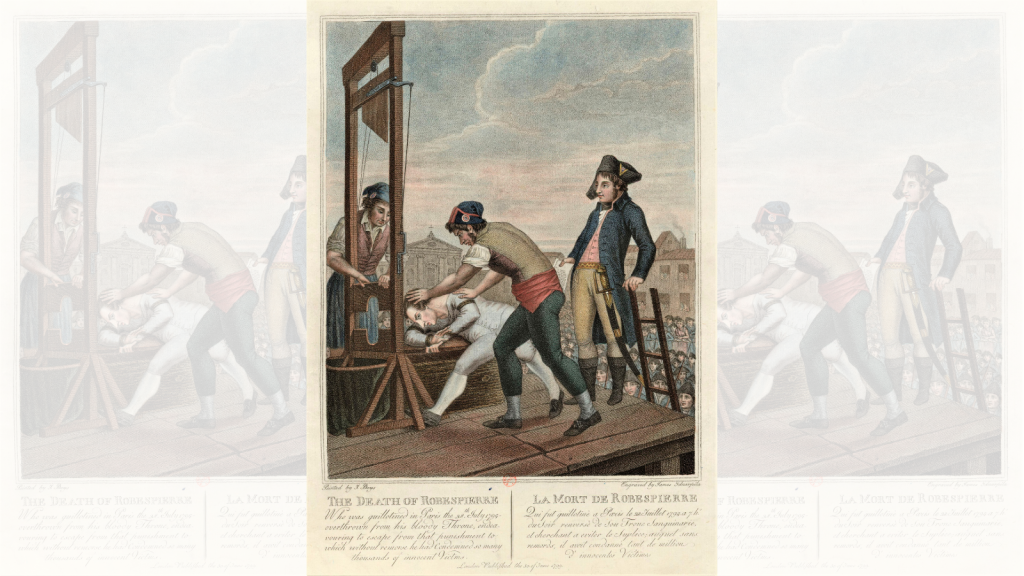
While we often think of the guillotine as a punishment for aristocrats, many common people were also executed this way. During the Reign of Terror, anyone suspected of opposing the Revolution—whether noble or not—was at risk.
Revolutionary Jails Were Packed with Innocent People
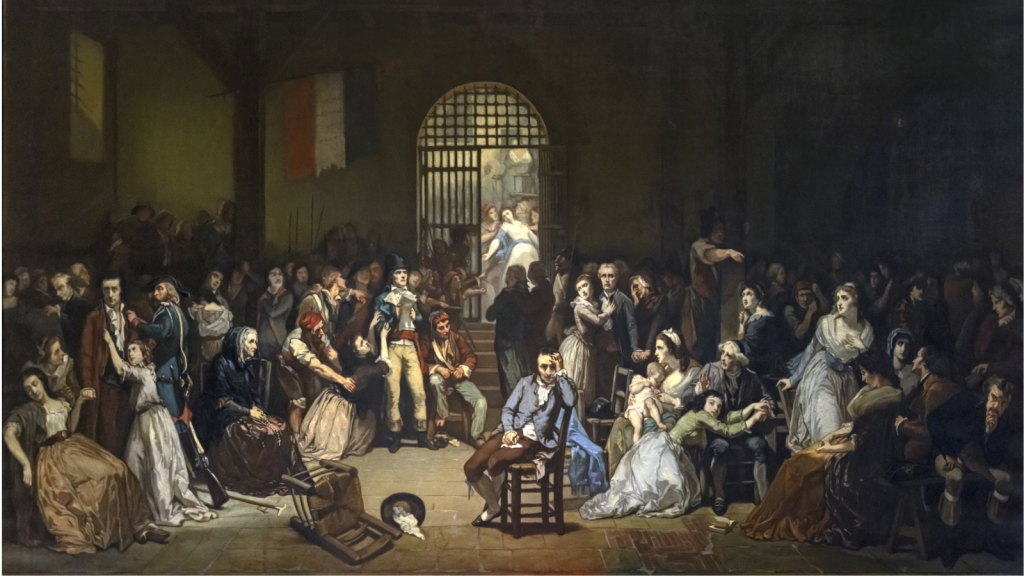
The jails during the Revolution weren’t just filled with enemies of the state. Many people were imprisoned based on rumors or petty accusations. The paranoia of the Reign of Terror led to thousands being unjustly detained.
King Louis XVI Tried to Escape Dressed as a Servant
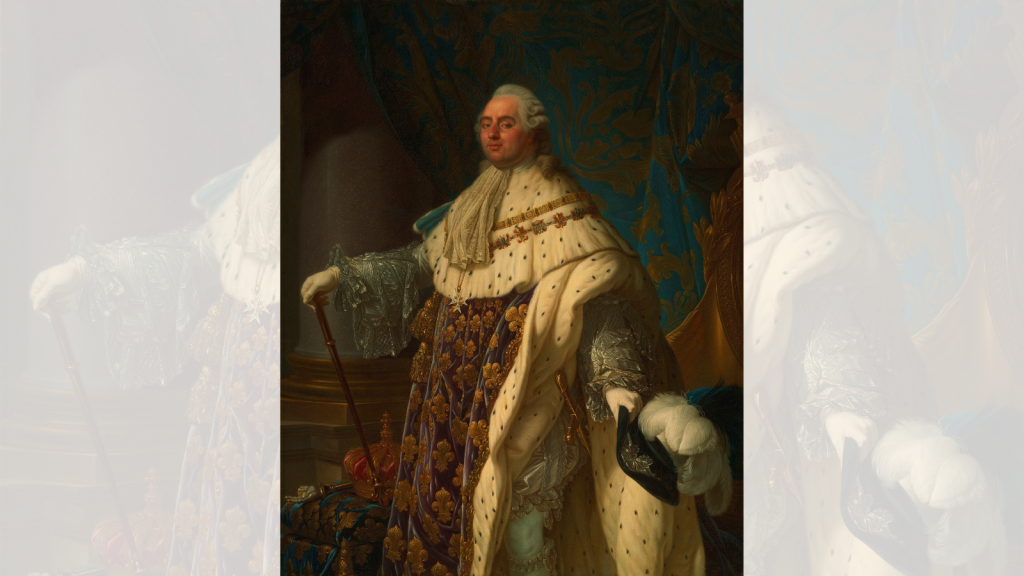
In 1791, King Louis XVI and his family attempted to flee France disguised as commoners. They were recognized and captured at Varennes, which sealed the fate of the monarchy and led to the King’s eventual execution.
Revolutionary Newspapers Spread Propaganda

Newspapers played a critical role in spreading Revolutionary ideas, but they were also used to spread fear and misinformation. Sensationalist stories about the monarchy and nobility inflamed public anger, contributing to the violence of the Revolution.
Prisoners Were Massacred by Angry Crowds
Revolutionary Paris Was Full of Secret Police
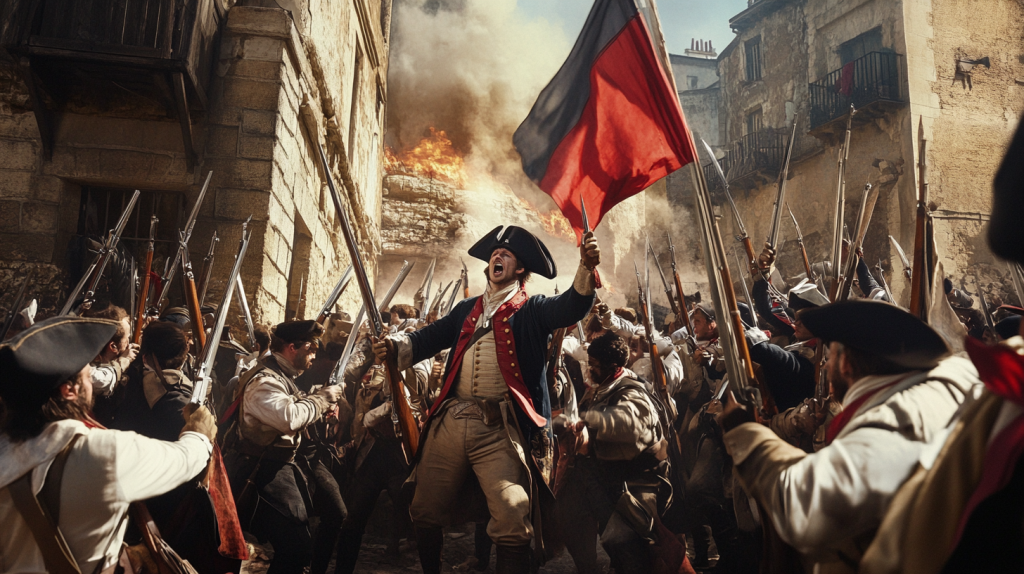
To maintain control, the Revolutionary government created a secret police force to spy on citizens and identify “enemies of the people.” The constant surveillance led to widespread paranoia as neighbors turned on one another.
Executioners Became Public Celebrities

During the Revolution, some executioners became famous figures in their own right. One of the most well-known was Charles-Henri Sanson, who executed over 2,700 people, including King Louis XVI and Marie Antoinette.
Revolutionary Art Was Meant to Inspire
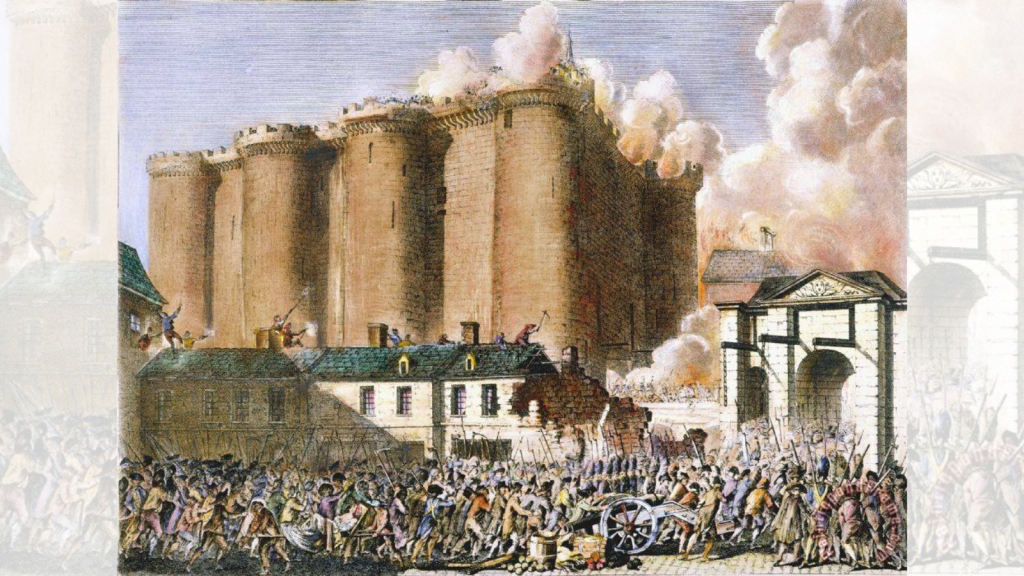
The French Revolution saw the rise of powerful propaganda art. Artists created patriotic images designed to inspire loyalty to the new Republic. This art often depicted symbols of liberty, justice, and the downfall of the monarchy.
The Revolution Had Global Ripple Effects
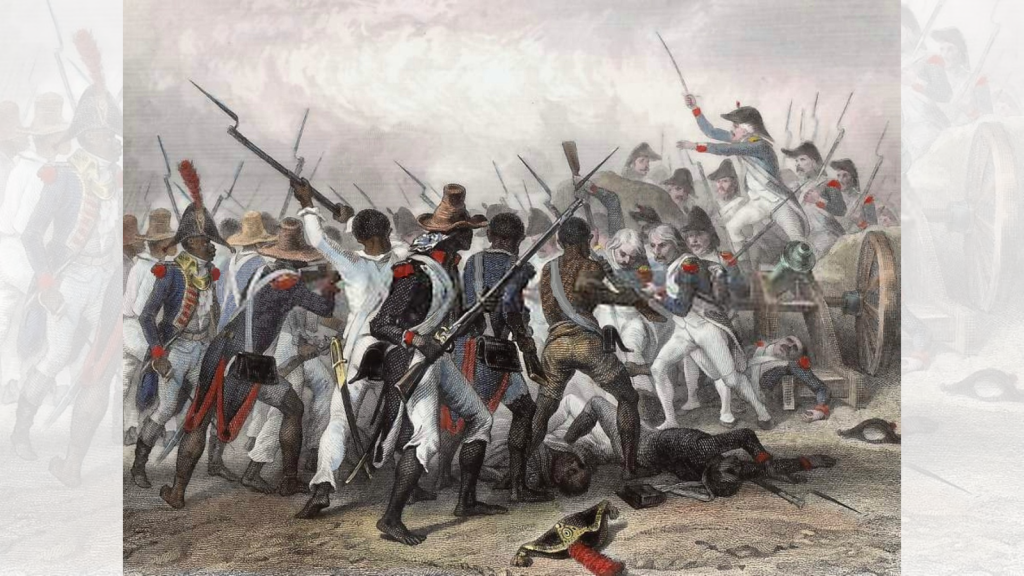
The Revolution didn’t just change France—it inspired revolutions across the world. From Haiti to South America, revolutionary ideals spread, influencing colonial independence movements and the rise of democratic governments.
The Reign of Terror Led to the First Modern Political Trials
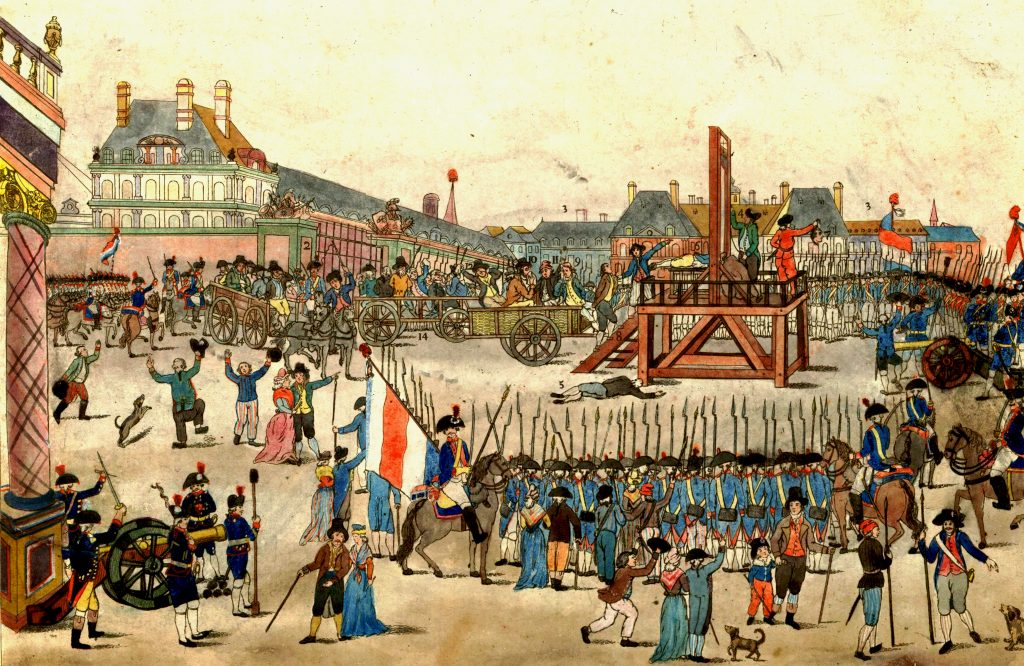
The Reign of Terror saw the birth of modern political trials. Thousands of people were accused of being enemies of the state, with many of them facing swift, and often unjust, executions without proper trials.
Revolutionary Reforms Were Short-Lived
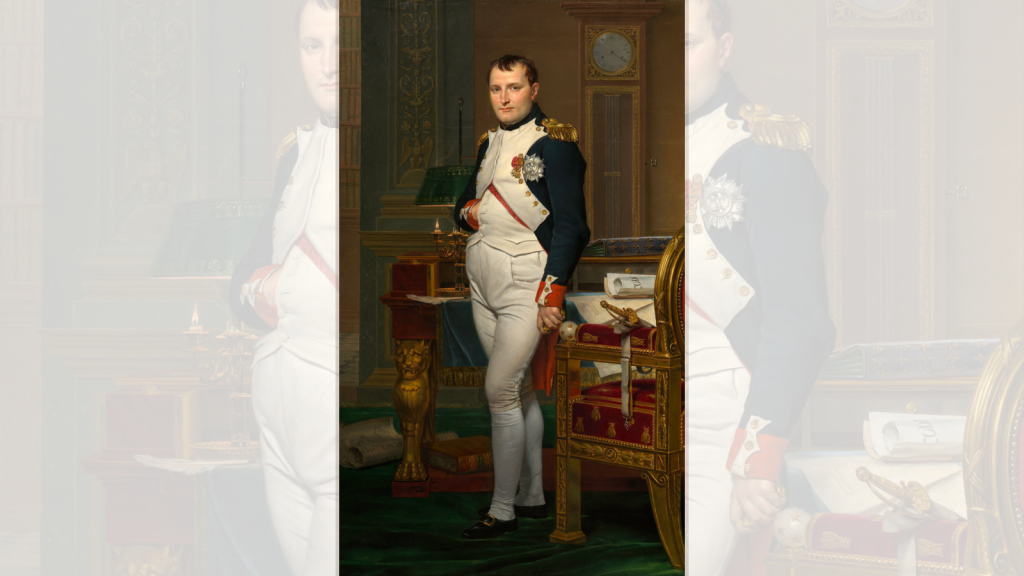
Many of the radical changes made during the Revolution, like the new calendar and Cult of Reason, didn’t last. When Napoleon took power, he rolled back many of the revolutionary reforms and reinstated traditional institutions.
17 Old Wives’ Tales That Are Actually True

Old wives’ tales have been passed down through generations, often dismissed as mere superstition. However, many of these age-old beliefs are rooted in truth. From health tips to weather predictions, these stories from the past can surprise us with their accuracy. Here are 17 old wives’ tales that are actually true.
Read More: 17 Old Wives’ Tales That Are Actually True
Ellen has been obsessed with logic puzzles, jigsaws, and cryptograms since she was a kid. After learning she was taught how to play chess wrong by a family friend (so they could win), she joined her school chess club and the rest is history.
